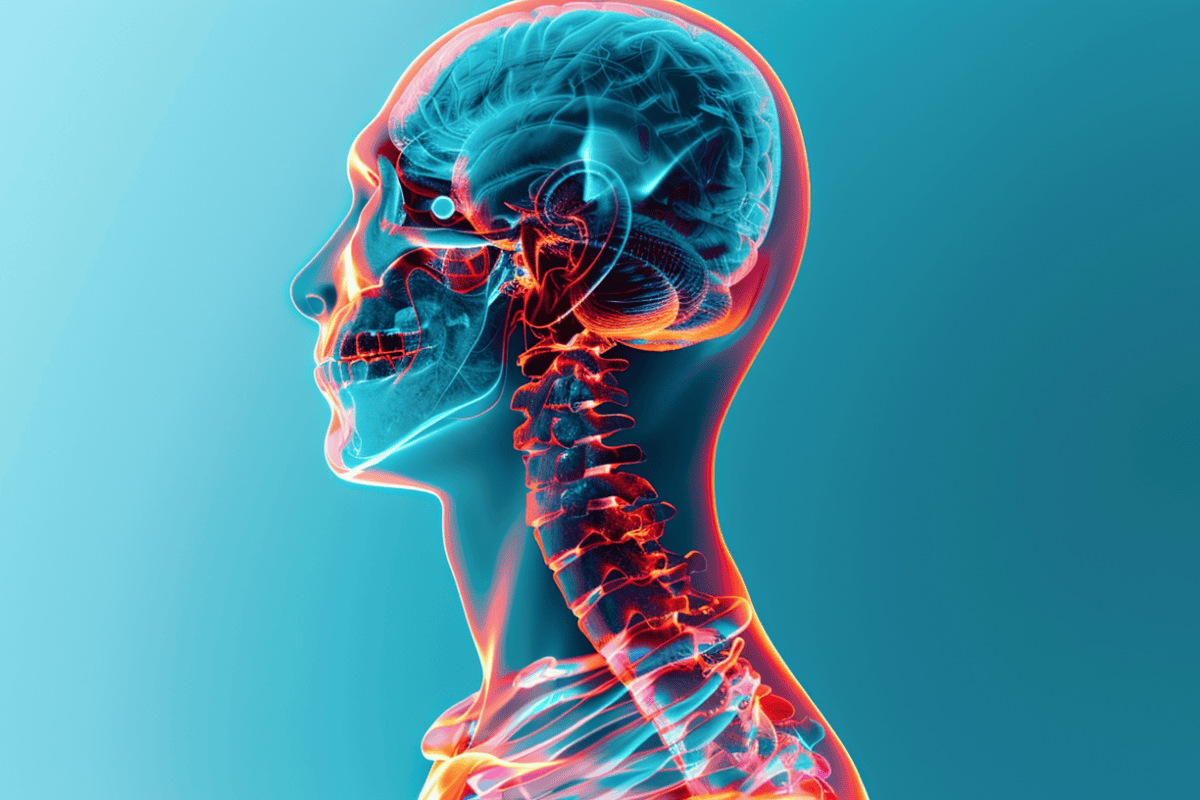In the ever-evolving world of aesthetics, the integration of digital technology stands as a pivotal change, transforming how treatments are conceptualized, performed, and experienced. This digital revolution, especially in the realm of dermal filler (such as lip, cheek, chin, temple and jawline treatments) marks a significant leap from traditional methods, offering new dimensions of precision, customization, and patient engagement.
The journey of dermal fillers, from their early inception to the current state where digital innovation plays a crucial role, reflects a broader trend in healthcare towards more efficient, patient-centric solutions. This shift not only caters to the growing demand for aesthetic enhancements but also aligns with the wider digitization of healthcare services, setting a new standard in the fusion of technology and beauty.
This article will delve into the significant changes brought about by digital technology in the field of aesthetic treatments, particularly focusing on dermal fillers. It will explore how digital advancements have transformed various aspects of these treatments, from planning and execution to patient experience and outcomes.
By examining the historical evolution of dermal fillers and the incorporation of cutting-edge digital tools, the article will shed light on the current state and future potential of aesthetic medicine. It aims to provide a comprehensive view of how digital technology is reshaping this sector, emphasizing its role in improving both the efficacy and safety of treatments.
Historical Perspective on Dermal Fillers
The journey of dermal fillers begins in the early 20th century, initially using substances like fat and paraffin. Over time, these materials were replaced by safer, more effective options like collagen and eventually hyaluronic acid, which remains a popular choice today due to its natural compatibility with the body. This evolution reflects an ongoing quest for improved safety and results in aesthetic treatments.
Digital Technology in Aesthetic Medicine
Fast forward to today and aesthetic medicine has witnessed a significant shift with the incorporation of digital technology. This includes everything from advanced imaging techniques for precise treatment planning to virtual reality simulations that allow patients to visualize potential results. These digital advancements have not only improved the precision of treatments but also increased patient confidence and satisfaction, marking a new era in the field of aesthetic medicine.
Overview of Digital Technologies Used in Aesthetic Treatments
The integration of digital technologies in aesthetic treatments has been transformative. Advanced imaging systems, such as 3D facial scanning, offer a detailed analysis of the facial structure, allowing for more precise treatment plans. Simulation software enables both practitioners and patients to visualize the expected outcomes of dermal filler procedures, fostering a better understanding and realistic expectations.
Benefits of Digital Technology for Practitioners and Patients
For practitioners, these technologies provide a level of precision that was previously unattainable, leading to more effective and tailored treatments. Patients benefit from a more interactive and informed treatment process, gaining a clearer understanding of the procedures and expected results. This transparency and precision significantly improve patient satisfaction and trust.
Improving Patient Outcomes with Digital Tools
Digital tools have a direct impact on patient outcomes. They allow for more accurate placement of fillers, reducing the risk of complications and enhancing the overall aesthetic result. Furthermore, these technologies can streamline the treatment process, making it more efficient and comfortable for the patient. The incorporation of digital tools in aesthetic treatments is a testament to the field’s commitment to innovation, safety, and patient-centered care.
How Digital Tools Aid in Treatment Planning and Execution
Digital tools have revolutionized the planning and execution of dermal filler treatments. Advanced imaging technologies, like 3D facial mapping, provide a detailed understanding of the patient’s facial structure, enabling practitioners to create highly customized treatment plans. These tools ensure that fillers are placed with precision, optimizing aesthetic outcomes while minimizing the risk of complications.
Enhanced Patient Experience through Digital Consultations and Simulations
The use of digital simulations during consultations has greatly enhanced the patient experience. Patients can now see potential results before the procedure, setting realistic expectations and increasing their comfort and confidence in the treatment.
Increased Precision and Safety in Procedures
The precision afforded by digital tools has directly translated into safer procedures with better outcomes. Technologies like real-time imaging guide practitioners during the treatment, ensuring accurate filler placement and reducing the likelihood of errors.
The Future of Dermal Fillers and Digital Integration
Looking ahead, the future of dermal fillers is closely intertwined with digital integration. Continued advancements in technology are expected to bring even more personalized, efficient, and safe treatment options. This ongoing integration is set to further refine the art and science of aesthetic treatments, promising an exciting future for both practitioners and patients.
The Future of Dermal Fillers and Digital Integration
Emerging trends and advancements in digital technology are poised to revolutionize the field of aesthetic medicine further. We can anticipate a surge in AI-driven diagnostic tools, enhancing the precision and personalization of dermal filler treatments. Virtual and augmented reality technologies are expected to become more prevalent, providing even more realistic simulations and patient engagement. This evolution will likely lead to highly individualized treatment plans, tailored to each patient’s unique facial structure and aesthetic goals. The future of dermal fillers is thus not just about the substances used but also about how technology will enable more refined, safer, and patient-specific outcomes.
Conclusion
The impact of digital technology on dermal fillers has been profound, heralding a new era in aesthetic treatments. These technological advancements have not only improved the precision and safety of procedures but have also greatly enhanced the patient experience. The ongoing innovation in this field is crucial, promising even more personalized and effective treatments in the future. As we look forward, the fusion of cutting-edge technology with aesthetic medicine will continue to evolve, shaping a future where beauty treatments are more tailored, efficient, and aligned with individual needs and aspirations.
This is a sponsored post
Digital Health Buzz!
Digital Health Buzz! aims to be the destination of choice when it comes to what’s happening in the digital health world. We are not about news and views, but informative articles and thoughts to apply in your business.


